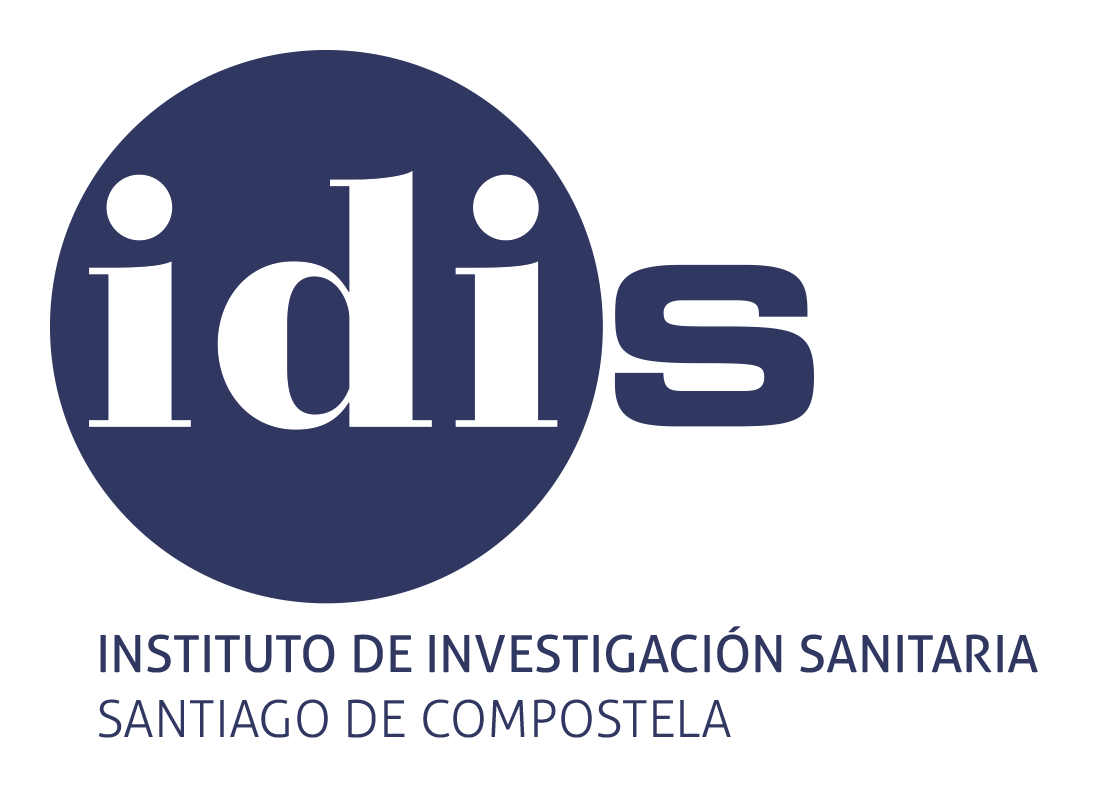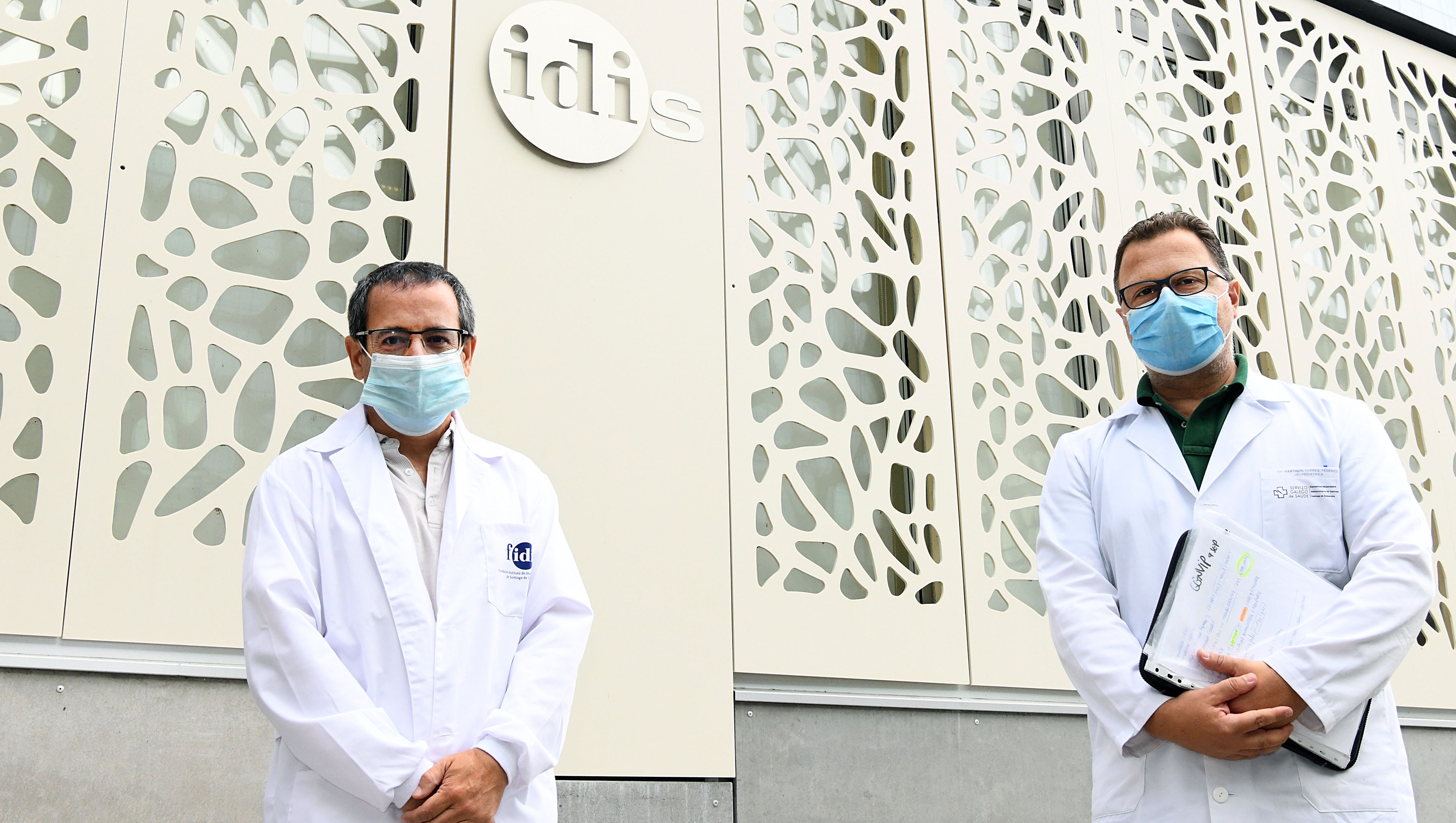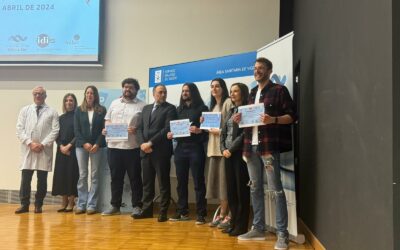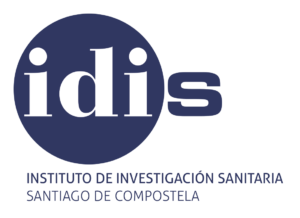The research led by doctors Antonio Salas Ellacuriaga and Federico Martinón Torres concludes that B3a is probably the first lineage of the virus that entered Spain through the city of Vitoria around February 11, 2020
The SARS-Cov-2 virus entered Spain through the city of Vitoria, around February 11, 2020, through the B3la genetic strain. The Basque Country is the autonomous community most likely to host the origin of the pandemic in Spain, with a significant expansion focus that takes place between the 5th and 14th of that month, as well as between March 16 and 19. These are some of the conclusions reached by IDIS scientists Antonio Salas Ellacuriaga and Federico Martinón Torres (head of the Pediatric Service of the Hospital Clínico de Santiago) in an article that has just been published in the journal Zoological Research and that identifies the five genetic strains that would explain 90% of all the incidents in the genome database, practically all the cases of COVID-19 in the Spanish territory.
A2a5, the second most important lineage of the virus in Spain, could have originated in Italy, the place where its evolutionary ancestor arises, A2a, in turn, the most important worldwide. The latter would arrive in Spain at the beginning of March and quickly becomes strong in Madrid, the researchers explain. Many of these lineages, whether generated within Spain or imported from abroad, could be exported to other parts of the world, such as England (B3la) or South America (B3la or La2a4, among others).
The group of researchers led by IDIS researchers, deciphered the behavior of the virus in the State. Spain represents one of the great global foci of the first wave of the pandemic. In order to understand it from the point of view of the causal agent, the team of researchers analyzed a total of 41,362 genomes, of which 1,245 make up the Spanish sample. This is the largest global study carried out to date in relation to the genomic variability of SARS-CoV-2 in the world and the first published to explore genetic variation in Spain.
B3a, the first Spanish lineage
The present study is a continuation of the previous pioneering project of the same research group where the authors discovered the importance of super-contagious agents as a major driver of the SARS-CoV-2 pandemic. This time, the scientists focused their efforts on understanding transmission dynamics in Spain. According to this study, there are five main lineages that explain almost 90% of all incidents in the genome database: A2a5 (38.4%), B3a (30.1%), B9 (8.7%), A2a4 (7.8%), e A2a10 (2.8%). “Through a combination of evolutionary and mathematical analyzes that take into account not only the chronology of genomes, but also their patterns of genomic variation, we were able to reconstruct the most probable origin of these lineages, inside and outside of Spain”, explains Antonio Rooms. The study confirms that while B3a, B9 and the A2a5c sub-lineage arose in Spain; A2a5, A2a4 and A2a10 were imported from other European countries.
A distinctive aspect of SARS-CoV-2 in Spain is the high frequency of genomes belonging to strain B: 39.3%; mostly represented by sub-strains B3a and B9. “In the study presented, an investigation is carried out in the purest police style by combining the information that comes from different sources, basically evolutionary, geospatial and chronological (phylogeography), and using the enormous source of information provided by the large international database of genomes used in the study ”, explain the scientists. In relation to the B3a lineage, and in light of the existing data in the genomes that make up the sample, the study concludes that the Basque Country is the most likely area to host its origin. On the other hand, A2a5, the second most important lineage in Spain “most likely originated in Italy, another of the great non-Asian epicenters in the expansion of the coronavirus,” say Salas and Martinón.
The D614 G mutation is less frequent in Spain
There are already some studies that suggest that the D614 G mutation in the coronavirus gives it a greater transmission capacity. “Our study indicates that this mutation is present in approximately 56% of all strains in Spain, which might seem very high, but it is nevertheless the lowest in all of Europe (82%)”, they point out. The results of these researchers do not support an implication of this mutation in the high incident of COVID-19 in Spain, not only because of its frequency, which is difficult to fit with the incident of the disease, but also because the mutation arises in A2 and not A2a; but it is A2a, nevertheless, “the strain that is successful worldwide”. The authors propose that it is chance, technically genetic drift, favored by super-contagion events, which increases the frequency of this mutation worldwide.
The main lineages of Spain experienced sudden increases in their effective size in a very short time and in specific cities. The evolutionary analysis of these lineages reveals that behind these expansions of the virus the mediation of super-contactors was necessary. There are several sources of evidence in relation to this fact that have to do with the half-life of the virus strains, their evolutionary rates, geographical location, or chronology, among others. “For all these reasons, we believe that the role of super-contactors and not advantageous variations in the virus genome, had much more importance when it comes to understanding and explaining the epidemiology of SARS-Cov-2”, says Martinón.
The methodology used by the Salas and Martinón group will serve as a model to study any other area of the world and demonstrates the possibility of studying the dynamics of the virus at small geographic scales when analyzed in an international pandemic context. This work is just one part of a much more ambitious project called GEN-COVID, a bet that integrates genomics, transcriptomics, epixenomics, proteomics and immunology. The article entitled ‘Phylogeography of SARS-CoV-2 pandemic in Spain: a story of multiple introductions, micro-geographic stratification, founder effects, and super-spreaders’ is also signed by Alberto Gómez Carballa, Xabier Bello Paderne, Jacobo Pardo Seco and María Luisa Pérez del Molino-Bernal.





